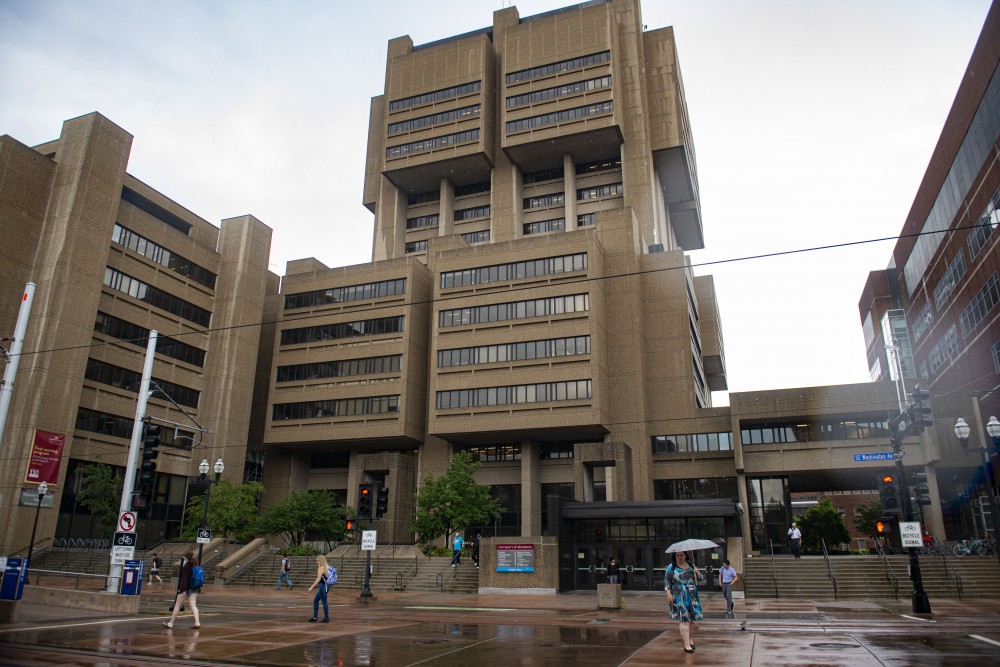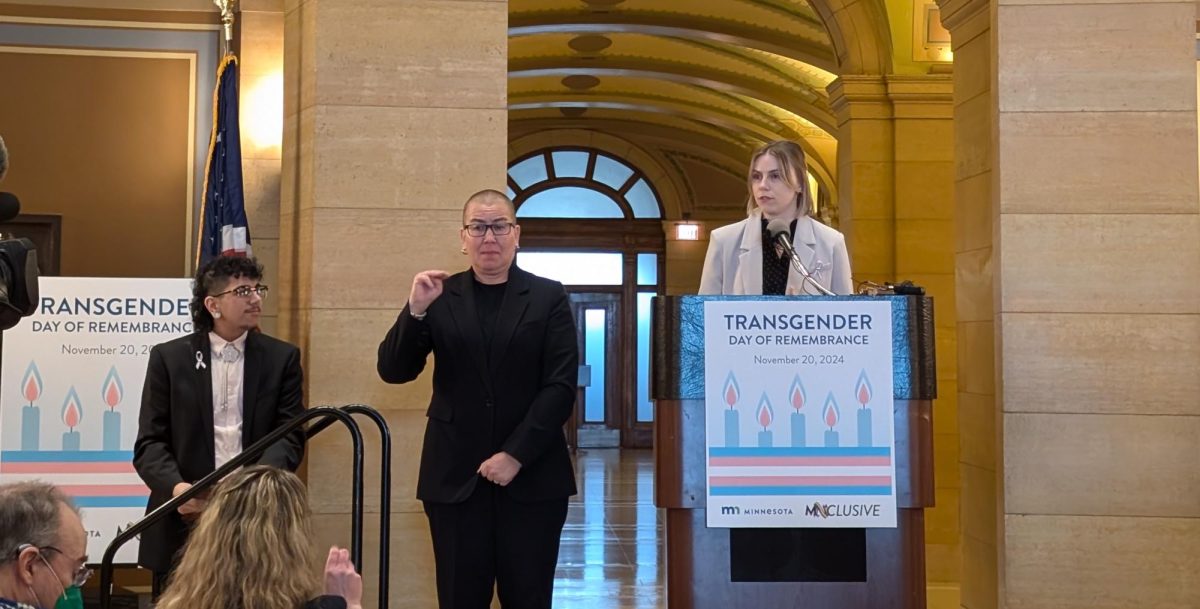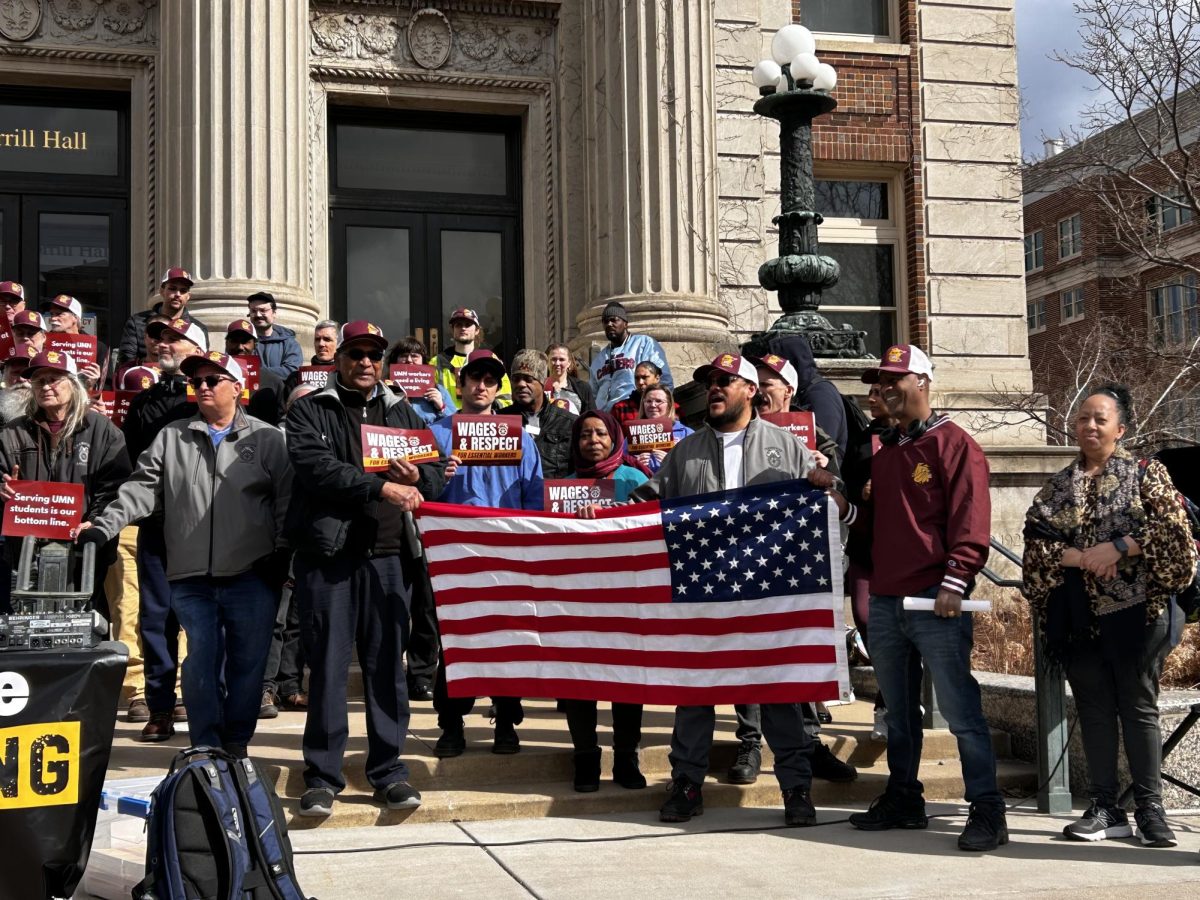The University of Minnesota Medical School is working on an ongoing partnership with CentraCare, a Minnesota-based health care system, to develop a new rural health residency program.
University Medical School Dean Jakub Tolar and CentraCare Chief Executive Officer Ken Holmen presented the Rural Health Academic Partnership at the February Board of Regents meeting.
CentraCare, formed in 1995, is one of the largest health systems in Minnesota. Currently, they have nine hospitals, more than 30 medical clinics, 10 senior housing facilities and seven long-term care facilities.
At the regents meeting, Tolar said the Rural Health Academic Partnership is an implementable plan that will directly help rural communities and fits into the larger scope and vision for the health and well-being of Minnesota.
CentraCare will seek funding for the University’s Medical School Rural Health program with the purpose of the partnership being to deliver and educate health care professionals, Holmen said.
The University Medical School plans to implement a rural health training program in Wilmar and continue the family medicine residency in St. Cloud, Minnesota, Shailey Prasad, associate vice president for global and rural health and vice chair for family health, said.
In St. Cloud, CentraCare will repurpose an administrative building adjacent to its Ambulatory Facility. The new Medical Education Center will house the medical school, simulation centers and other educational initiatives.
The Medical Education Center is estimated to cost CentraCare and the University a combined $18 million.
The training program will include teaching, research and clinical services in rural health.
“If you want to have rural physicians, you train them in rural Minnesota,” Tolar said.
Prasad said they need to get health care workers excited about working in rural communities so more physicians will follow the rural health pathway.
Many rural areas do not have access to proper health care and professionals, which negatively impacts residents’ health.
“Rural health outcomes are not what they should be,” Holmen said.
Flora Yang, the Undergraduate Student Government president, grew up in rural China where the nearest postal service drop-off was two hours. Yang said witnessing rural health care issues motivated her to join the rural health pathway at the Medical School.
“My family didn’t have a lot,” Yang said. “I remember people walking to school would have no shoes.”
Prasad said creating more accessibility to health care and health care professionals in rural communities is vital.
“Around the world, there is a huge problem with health care providers not being accessible in rural communities,” Prasad said “This issue will get worse unless [it is] addressed.”
Yang said she wants to understand how the global and rural health pathways interact to have a better understanding of what rural health, access to health and health disparities look like in each country.
“I want a better understanding of how things interplay,” Yang said.
Yang said she also wants to be a part of the conversation on how the next generation can play a part with health experts to mitigate rural health issues.
The Rural Health Academic Partnership still needs approval, accreditation and proper staffing before the program can be launched in fall 2025.
“We want to make sure the structures are in place to make sure they will continue to grow and function,” Prasad said.
Corrections: A previous version of this article misstated when the funding for this partnership. CentraCare will seek funding through a proposed bill at the Legislature. A previous version of this article misstated the number of new programs. The University Medical School plans to implement a rural health training program in Wilmar and continue the family medicine residency in St. Cloud, Minnesota.



















